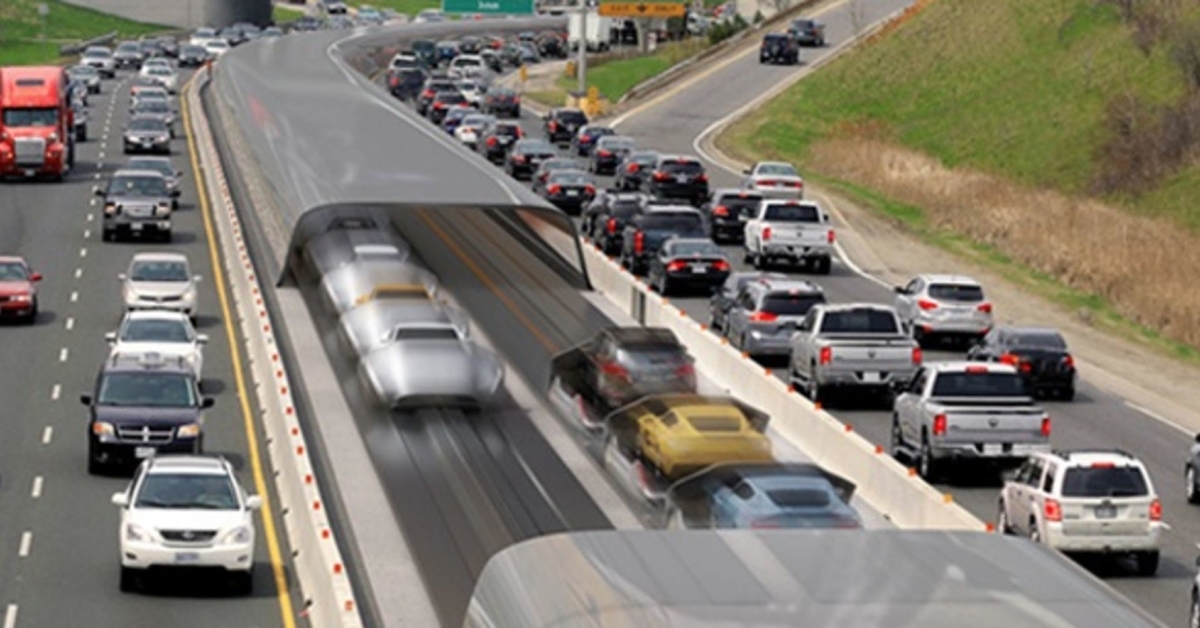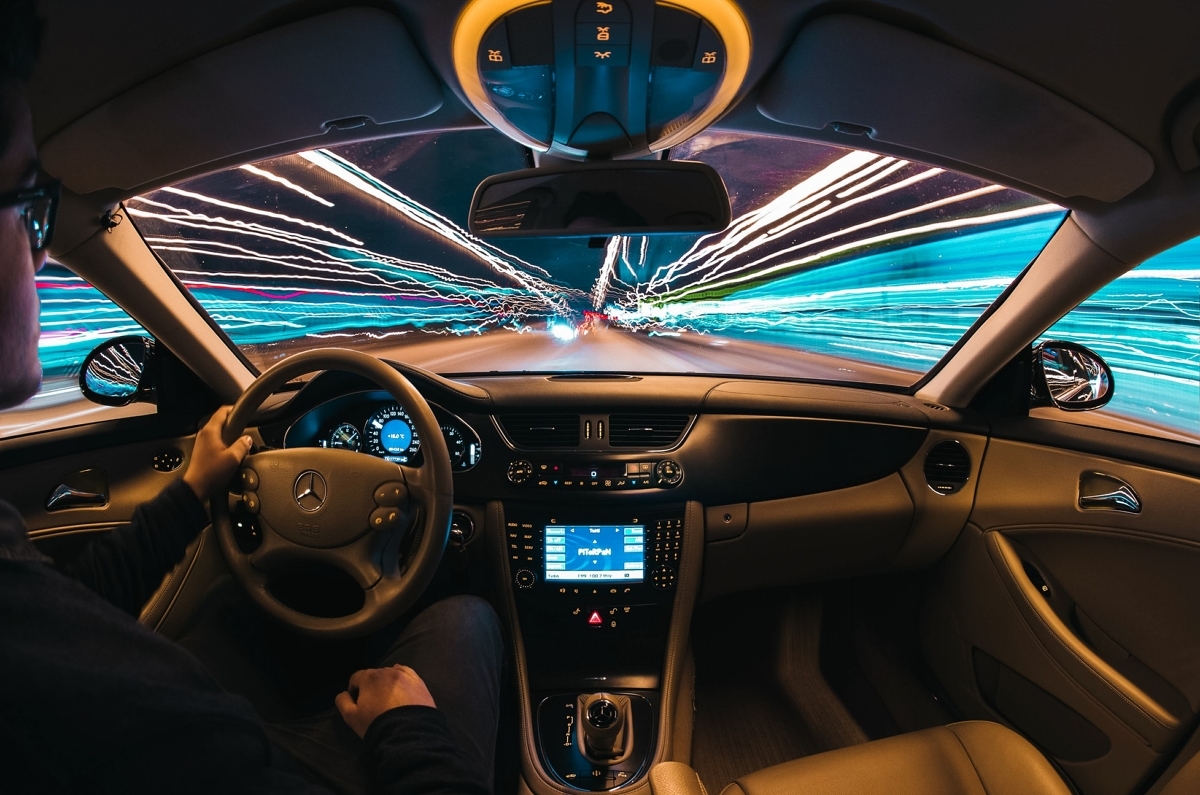What do you get when you cross a Concorde, a railgun, and a bullet train? A technological chimaera dubbed ‘ hyperloop technology ’, which is the fastest way to move goods and people from point A to B. Bringing the world one step closer to this transportation dream is Arrivo, the hyperloop-inspired future of travel network solutions for urban and inter-urban settings. Company officials claim that Arrivo’s network will enable 10x the vehicle throughput of ordinary highways.
Only last month, the startup secured a $1B credit line from Genertec America Inc., a corporation wholly-owned by the Chinese government. This recent partnership could potentially finance up to three legs of 9-mile long routes, anywhere in the world.
Hyperloop Technology with a twist
Nearly four years ago the Co-Founder of Arrivo, Brogan BamBrogan, actually happened to launch another hyperloop company – Hyperloop Technologies (now: Virgin Hyperloop One). But in 2016, dogged by lawsuits that attacked his competence and character, he was pressurized to resign. That very year, armed with a never-say-die attitude, BamBrogan bounced back into the game with the launch of Arrivo Corp. He went on to build the company alongside a panel of founders who are veteran engineers and transport experts largely from the likes of Hyperloop One, Tesla, Ferrari and SpaceX.
Today, Arrivo seeks to offer a subsonic and sustainable version of hyperloop travel. Harnessing electricity and maglev, Arrivo’s vehicles are expected to zip through dedicated, automated lanes. This ‘hyperloop-inspired’ system can transport passengers, in their private vehicle, or goods at a ‘modest’ speed of 200mph.
But, What is Hyperloop Technology?
 Considered the next best thing to teleportation, the term ‘hyperloop’ was first coined by Elon Musk, back in 2013. It was used to describe supersonic capsules or pods that jet between destinations in a full circle – on a loop.
Considered the next best thing to teleportation, the term ‘hyperloop’ was first coined by Elon Musk, back in 2013. It was used to describe supersonic capsules or pods that jet between destinations in a full circle – on a loop.
Musk envisioned these maglev powered pods, zipping around in vacuum (low-pressure) tubes, between high-traffic destination pairs at around 700 mph. To develop the concept further, he then ‘open-sourced’ the high-speed super-network blueprint for the world to use. Thus, besides Arrivo, there are now several other promising companies – Hyperloop Transportation Technologies, Richard Branson’s Virgin Hyperloop One, and Musk’s Boring Co – trying to crack the secret behind building a commercially feasible version of the hyperloop model.
Speedily Cutting Costs
 From the early days itself, BamBrogan was very particular about building a profitable and affordable hyperloop model in the United States – unlike much of the competition that struggles with costs. In fact, Musk has been quoted bemoaning the costs of the vacuum tube, in the SpaceX hyperloop concept paper, of several billion dollars. Years later, a Forbes Magazine feature on a Hyperloop One leaked document even revealed that the actual cost of building transportation infrastructure is in excess of billions to Musk’s initial calculations.
From the early days itself, BamBrogan was very particular about building a profitable and affordable hyperloop model in the United States – unlike much of the competition that struggles with costs. In fact, Musk has been quoted bemoaning the costs of the vacuum tube, in the SpaceX hyperloop concept paper, of several billion dollars. Years later, a Forbes Magazine feature on a Hyperloop One leaked document even revealed that the actual cost of building transportation infrastructure is in excess of billions to Musk’s initial calculations.
This is why Arrivo purposefully eliminates the need for the expensive vacuum technology tubes, to save on costs. While dumping the friction-free vacuum tube design can mean that the pods will never achieve supersonic speeds, it will be fast enough to suit intra-city movement. The dedicated tracks also ensure a traffic-free pathway.
“The value is not necessarily the top speed for us,” says BamBrogan. “The real value is going point-to-point, no traffic.”
Arrivo also plans on mostly using existing highways to install above-ground tracks, for express trips to popular destinations. This in turn will reduce traffic congestions. It also lets Arrivo get away with investing only minimally in raised pylons or digging tunnels.
Another thing that differentiates Arrivo from other hyperloop models is that once deployed, it will focus on helping everyday shorter-distance commuters more than long-distance travelers.
So, Arrivo can hypothetically pave the way for local travel that is collision-free, environment-friendly, and energy-efficient. All this, at nearly double the speed of a passenger plane.
Out of Sci-fi books and into Reality
Theoretically, Arrivo is almost there but as the adage goes, proof of the pudding is in the eating. By forging a public-private partnership with the Colorado Department of Transportation, the engineering-driven company is ready to build a test hyperloop link. This prototype is planned to be deployed between Denver International Airport and the city center, by 2021.
Even though Arrivo appears to be moving in the right direction in terms of technology and raising funds, it still needs to secure land and environmental permits, manage political wrangling and meet safety regulations. Also, since building on the highway could most definitely disrupt traffic; Arrivo needs to find a way to minimize the inconvenience to commuters.
The future is now for smart cars and smart roads, but will humans achieve sustainable hyperloop-based means of terrestrial travel?
“Arrivo is set to deliver on the promise of 21st Century transportation,” believes BamBrogan with great conviction.
Though no one has yet built a commercial hyperloop technology solution, Arrivo seeks to deliver ‘real economic value for the individual projects’ in the near future. While the company claims that achieving a full commercial deployment is just about four years away, they will likely start with transporting cargo. It also appears to have a strong focus on deployment in the USA, unlike competition that is looking to set up in countries such as China, UAE and India.
Subscribe to our newsletter



